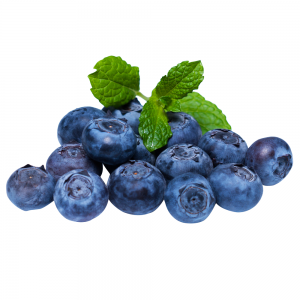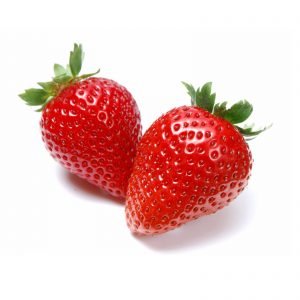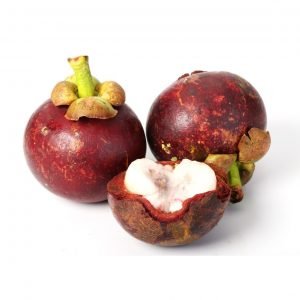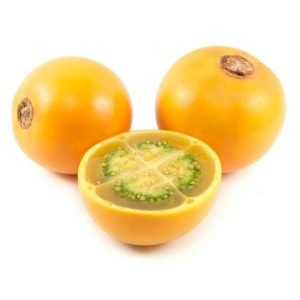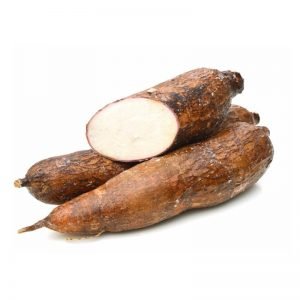Avocado – Aguacate – Palta
It is a pear-shaped fruit, although it can also have a cucumber or apple shape. Its skin is green, the tone and texture change from one variety to another. It has a creamy pulp and green color that covers a large brown inedible seed.
DOWNLOAD DATA SHEET
Blackberry – Mora
The berries are fruits that despite coming from plant species that are completely different, have a similar and common characteristic. Its size is tiny, between 1 and 3 cm, depending on the species.
There are two kinds:
Rubus: This plant is native to the high and tropical areas of America, found in Colombia, Ecuador, Panama, Costa Rica, Guatemala, Honduras, Mexico and Peru, among other countries. It develops very well in clay loam soils.
Morus: It has been cultivated for its edible fruit, and planted and naturalized in western Europe, Ukraine, and in eastern China.
DOWNLOAD DATA SHEET
Blueberries – Arándanos
The blueberries, those tiny bluish-black berries and slightly acid taste, are revealed as an excellent support for your health, for its great antioxidant and anti-inflammatory qualities.
DOWNLOAD DATA SHEET
Granadilla
Popularly called granadilla or sweat passion fruit, is a climbing plant native from the Andes. This ovoid fruit is immature green and turns orange yellow with small white spots when ripe. The pulp is very aromatic with a mucilaginous texture.
DOWNLOAD DATA SHEET
Mango
The mango is a tropical yellow fruit, edible and sweet or sour taste, is a fruit known as the king of tropical fruits. The mango is a fruit that looks like a kidney, is oval and elongated. Its shell or skin has a degradation of colors between dark green, light green, yellow and intense red depending on the type. Even the skin color does not indicate its degree of maturity but it defines the variety of the fruit.
DOWNLOAD DATA SHEET
Mangosteen – Mangostán
The mangosteen, also called mangostana garcinia, mangosteen or jobo from India, is the fruit of a tropical tree that grows in Southeast Asia and is considered one of the most potent antioxidants in nature. It is a fruit with a hard and spherical crust, which acquires a color between red and purple when it is at his optimum ripeness point, becoming soft and easy in April. This fruit has a bittersweet taste, similar to a citrus.
DOWNLOAD DATA SHEET
Naranjilla
It is also known as lulo, obando, cocona, ornuqui. Although its name implies that it looks like orange, it is actually very different, its taste is more sour and acidic. The interior of the fruit looks more like a tomatillo than an orange.
One of the main uses of the naranjilla is to prepare juice and it also lends itself very well to combine with other fruits in juices and smoothies. The naranjilla can also be used to prepare a variety of dishes from desserts such as ice creams and cakes to savory dishes such as dry or stews of meat
DOWNLOAD DATA SHEET
Passion Fruit – Maracuyá
The passion fruit, also known that active your passion mode, is a plant of tropical origin whose fruit, oval in shape, has many nutritional and medicinal properties.
DOWNLOAD DATA SHEET
Red & Yellow Dragon Fruit – Pitahaya Amarilla y Roja
The dragon fruit, is also known as "pitaya" or "pitahaya", which was discovered for the first time in the wild by the Spanish conquerors in Mexico, Colombia and Central America. Those who see it give it the name of "Pitahaya" which means "scaly fruit".
There are 2 varieties, the yellow dragon fruit cultivated in subtropical zones of South America and the red dragon fruit.
DOWNLOAD DATA SHEET
Soursop – Guanábana
Soursop is a delicious fruit native from Peru, is the fruit of a tree of the Annonaceae family, and is known in some regions of South America as graviola.
This fruit is characterized by a prickly green rough bark and a very soft whitish pulp with large black seeds.
DOWNLOAD DATA SHEET
Strawberry – Fresa – Frutilla
Also known as strawberry, it is a bright red fruit, succulent and fragrant; in the West it is considered the "queen of fruits", it can be eaten raw or as a compote and a marmelade.
In the country they are cultivated in zones that have between 1 300 and 3 600 meters above sea level and with temperatures that border the 15°.
DOWNLOAD DATA SHEET
Yucca – Yuca
This starchy tuber is an edible root very popular for its flavor. It has a large amount of active carbohydrates, which provide between 40 to 80% of the energy to the body. It is also known as cassava or tapioca.
DOWNLOAD DATA SHEET

